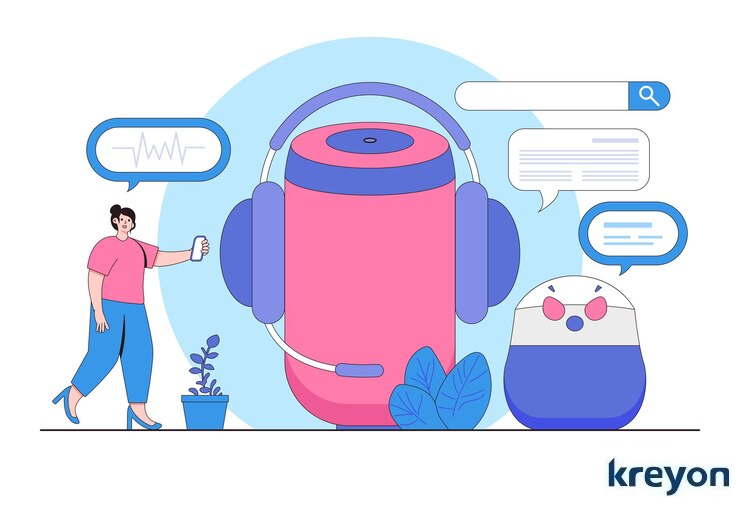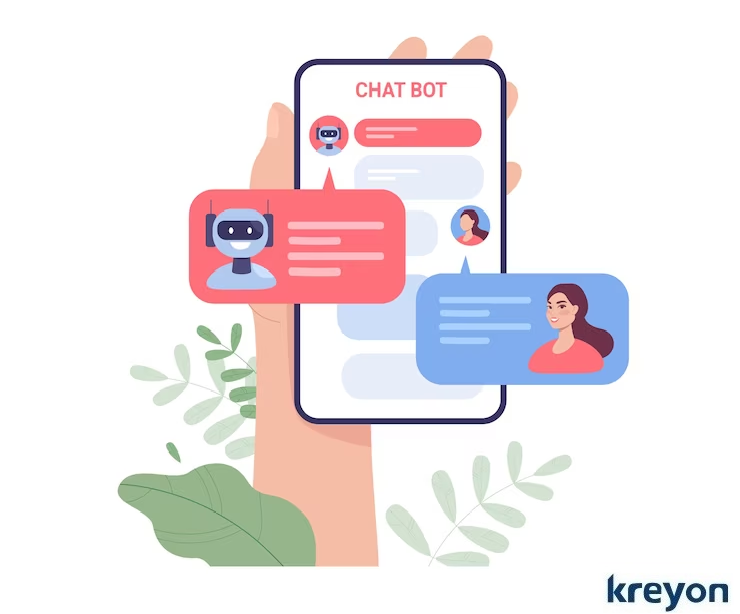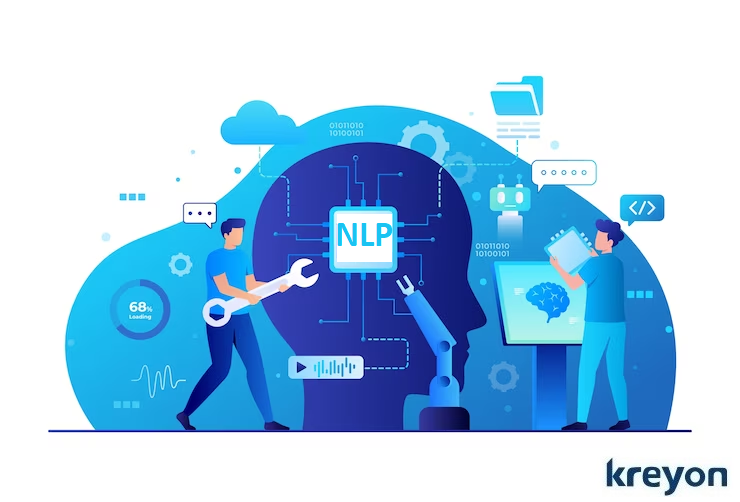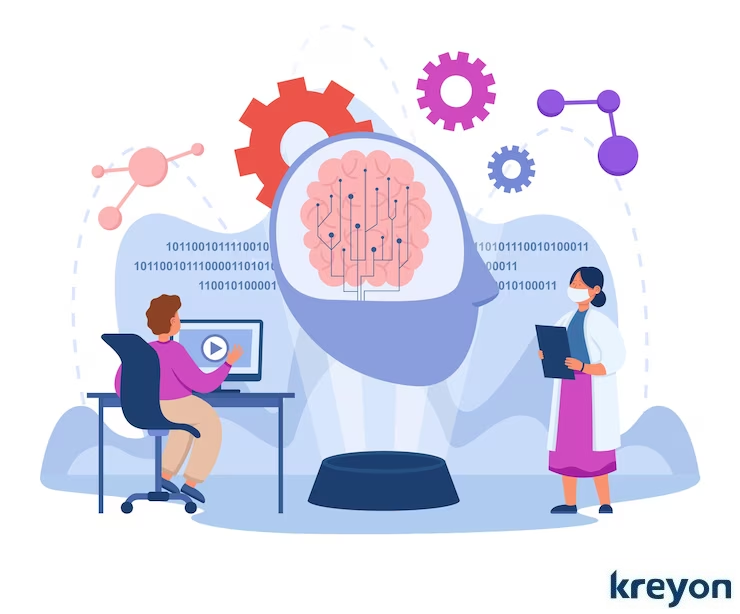7 Ways AI is Improving Healthcare Software & Patient Care Solutions

Artificial Intelligence (AI) is making significant advancements in healthcare software & patient care solutions in various ways. Here we look at 7 ways how AI is enhancing healthcare software & patient care solutions:
Analysis of Medical Imaging
AI-powered algorithms can analyze medical images, such as X-rays, MRIs, and CT scans, to detect abnormalities and assist in diagnosis. The AI algorithms can analyze medical images with high accuracy.
This improves accuracy, speeds up interpretation, and helps prioritize critical cases. AI-powered image recognition and machine learning techniques assist in detecting abnormalities, assisting radiologists in faster and more accurate diagnoses.
Predictive Analytics
AI algorithms can analyze patient data to identify patterns and predict outcomes. This helps in early detection of diseases, personalized treatment plans, and proactive interventions to prevent adverse events.
AI algorithms can detect likelihood of readmission, disease progression, or potential complications using advanced analytics on patient data . This enables proactive interventions and personalized care management strategies.
Virtual Assistants

AI-powered virtual assistants can handle routine administrative tasks, such as appointment scheduling, answering patient queries, and managing medication reminders. This frees up healthcare professionals’ time, allowing them to focus on patient care.
AI-powered assistants provide 24/7 support to patients by answering common health-related questions, scheduling appointments, and offering personalized health advice. They can triage patients, provide basic medical guidance, and alleviate the burden on healthcare staff.
Remote Patient Monitoring
AI-enabled devices and wearable technologies can monitor patient health parameters remotely and transmit real-time data to healthcare providers. This allows for continuous monitoring of patients with chronic conditions or post-operative care, enabling early intervention and reducing hospital readmissions.
AI-powered wearables and remote monitoring devices can collect and analyze real-time patient data, such as vital signs and activity levels. This allows for remote patient monitoring, early detection of deterioration, and timely interventions.
AI can be used to deliver telehealth services, such as video consultations and remote monitoring. This can help patients to access care more easily, especially those who live in far flung areas or who have difficulty traveling.
AI is also being used to automate decision-making in healthcare, such as determining which patients need to be admitted to the hospital or which patients need to be followed up with after surgery. This can free up healthcare providers to focus on providing direct patient care.
Natural Language Processing for Medical Coding

NLP enables software to understand and process human language. It can be used for transcribing medical notes, extracting relevant information from medical literature, and facilitating voice-controlled interfaces for hands-free operation.
NLP is also used to automate medical coding, which is the process of assigning codes to medical diagnoses and procedures. This can free up healthcare providers to focus on providing direct patient care.
NLP can be used to analyze large datasets of medical records and other data to identify patterns and trends. This can help to improve our understanding of disease and to develop new treatments.
Diagnosis & Decision Support
AI can be used to analyze medical images and other data to help diagnose diseases. This can be especially helpful for diseases that are difficult to diagnose or that have a wide range of symptoms.
AI algorithms can also provide clinicians with evidence-based recommendations and guidelines at the point of care. This assists in diagnosing complex cases, selecting appropriate treatments, and reducing medical errors.
AI can analyze large datasets, including genomic data, to identify targeted treatments based on individual patients’ characteristics & previous history.
Wearable Devices Data

AI-powered wearable devices can collect data about patients’ health, such as their heart rate, sleep patterns, and activity levels. This data can be used to monitor patients’ health and identify potential problems early on.
Wearable devices: AI-powered wearable devices can collect data about patients’ health, such as their heart rate, sleep patterns, and activity levels. This data can be used to monitor patients’ health and identify potential problems early on.
AI can be used to improve patient safety by identifying potential risks and errors. For example, AI can be used to monitor patients’ vital signs and alert healthcare providers to potential problems. The data from wearable devices is finding increasing use in patient care for proactive wellness, improved communication and healthy living.
Challenges in AI Implementation
AI is continuously evolving, and its impact on healthcare software will only increase in the future, leading to improved patient outcomes, enhanced efficiency, and a more personalized approach to healthcare.
However, AI algorithms heavily rely on vast amounts of high-quality and diverse data for training and validation. Healthcare data often lacks standardization, may contain errors, and is distributed across various systems, making data collection and integration challenging.
Additionally, ensuring data privacy and security while making data accessible for AI applications is a challenging task. There are ethical, regulatory and legal compliances that need to be considered before implementation of AI in patient care systems & healthcare software.
AI systems are poised to improve patient care by leaps and bounds, however these systems need to complement human judgement and capabilities for best results.
Kreyon Systems works with healthcare providers to improve patient care, reduce costs, and streamline operations using AI enabled solutions. If you have any queries related to healthcare software, please reach out to us.
